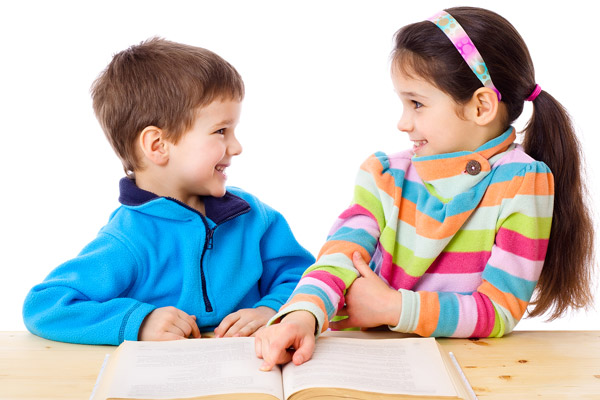Reading
During the early stages of a child’s speech and language development, reading skills are already being implemented. Speech, language, and the awareness of sounds are the building blocks to an easy transition into reading. Between the ages of three and five, children are usually able to rhyme as well as match sounds to letters. Being aware of the various sounds that words are comprised of is an important skill for reading that some children have more trouble developing. Reading fluency is a key skill that simply means being able to “read like you speak.” Fluent readers understand what they are reading, while doing so with speed, accuracy and appropriate expression.
At Granite Bay Speech, we equip both parents and children with the right tools to practice and improve reading techniques in and out of therapy sessions. Reading skills are the foundation for academic success. Our clients are taught to retrieve these critical tools to easily achieve their literacy and fluency goals.




